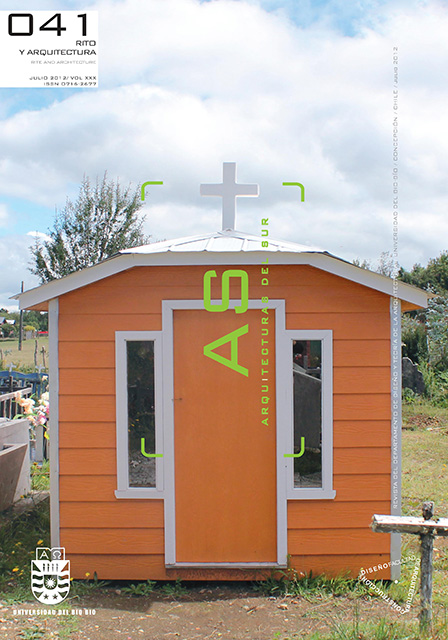Similarities and distinctions in the chilean pentecostal temple. Approaches from the architecture
Keywords:
religious architecture, evangelical church, pentecostal temple, ChileAbstract
The Pentecostal movement, born in the first decade of the 20th century and today consisting of more than 1,400 denominations throughout the country, is the most important religious event to have occurred in Chile during the last century. With a population of followers of about 13% of the national population, the Pentecostal movement is the second largest religious community in the country after the Roman Catholic Church.
With its explosive population growth, its architectural production is one of its most eloquent strokes. More than 10,000 temples and chapels can be found throughout Chile. Originally arising in the context of precarious resources and innovative and spontaneous liturgy, strongly marked by the architectural thought of the pastor and under the shade of the legacy of global religious architecture, the Pentecostal churches and chapels share similarities and yet are all different; they can be recognized as part of a common type, but each expresses a unique identity.
Downloads
Downloads
Published
How to Cite
Issue
Section
License
The content of the articles published in each issue of Arquitecturas del Sur is the sole responsibility of the authors and does not necessarily represent the opinion of University of the Bío-Bío.
The authors will maintain their copyright; however, they will guarantee the journal the right to first publication and dissemination of their work. The publication of the article in Arquitecturas del Sur will be subject to the Creative Commons International license (CC BY-SA) that allows others to adapt: remix, transform and build on the material for any purpose, even commercially; share: copy and redistribute the material in any medium or format, as long as the authorship and first publication in this journal are acknowledged by citing them correctly, and their new contributions are under a license with the same terms.














 Programa de Información Científica/Concurso Fondos de Publicación de Revistas Científicas 2018/ Proyecto Mejoramiento de Visibilidad de Revistas UBB (Código:FP180007)
Programa de Información Científica/Concurso Fondos de Publicación de Revistas Científicas 2018/ Proyecto Mejoramiento de Visibilidad de Revistas UBB (Código:FP180007) 
